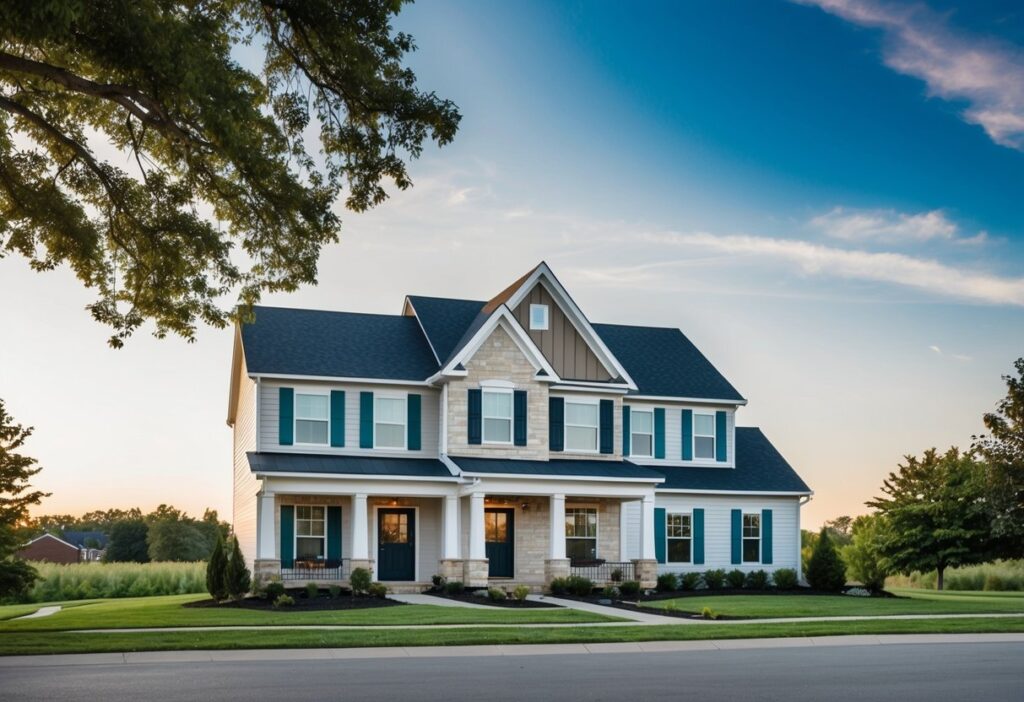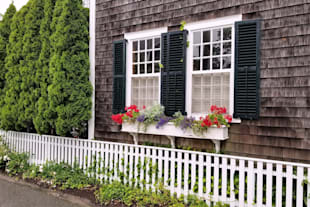Replacing or adding windows to your home can brighten up spaces and improve energy efficiency. But many homeowners wonder if they need planning permission first. In most cases, you don’t need planning permission to replace existing windows or add new ones that are similar to the current windows. This falls under permitted development rights for most properties.
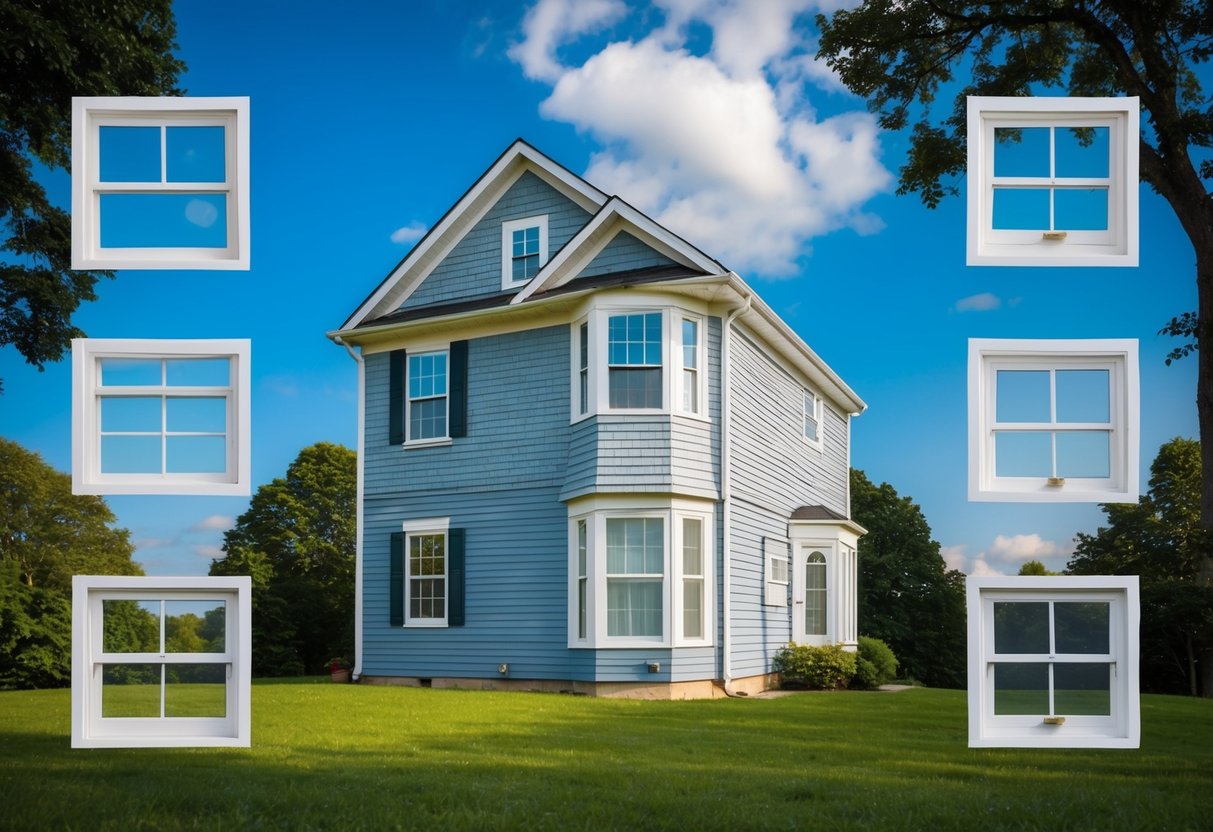
There are some situations where planning permission may be required for new windows. If you want to make major changes to the size, style or placement of windows, you might need approval. This is especially true for listed buildings or homes in conservation areas. Bay windows can also sometimes count as extensions that need permission.
It’s wise to check local rules before starting any window project. While planning permission isn’t usually needed, building regulations still apply to ensure proper insulation, safety and energy standards. Consulting your local planning office can provide clarity on what’s allowed for your specific property.
Understanding Planning Permission and Building Regulations
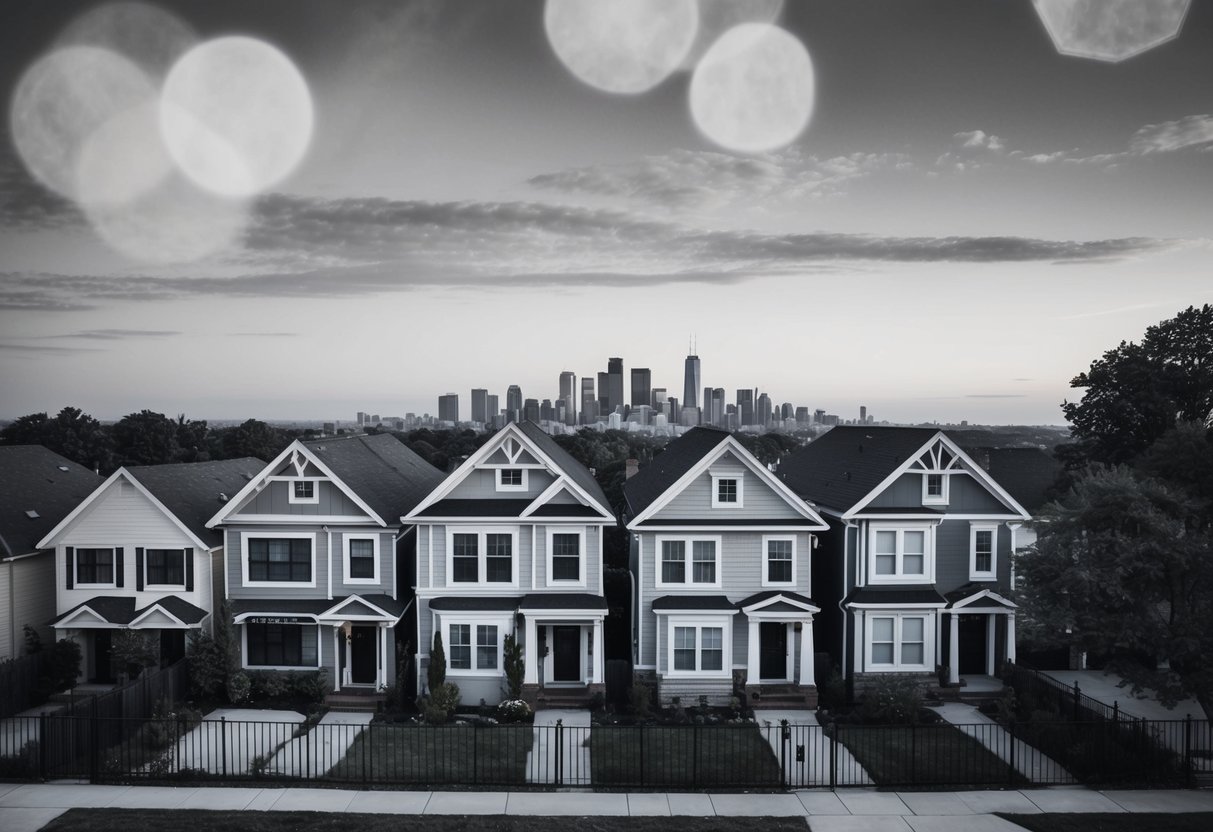
Planning permission and building regulations are key factors to consider when installing new windows. These rules ensure safety, energy efficiency, and compliance with local standards.
Planning Permission for New Windows
Most homeowners don’t need planning permission to replace windows. You can usually put in new windows that look like the old ones without asking the council. But there are some cases where you might need permission:
• If your home is listed • If you live in a conservation area • If you want to add a new bay window
Some councils have special rules called Article 4 Directions. These can remove your right to make changes without permission. It’s best to check with your local planning authority before you start any work.
Building Regulations and Glazing Safety
While you might not need planning permission, you must follow building regulations for windows. These rules cover:
• Thermal efficiency (U-values) • Fire safety • Ventilation • Glazing safety
All new windows must meet minimum energy standards. The glass must be safe and strong enough. There are also rules about how windows open and close.
In some rooms, you need windows that can be used as fire escapes. This is crucial for bedrooms upstairs.
The Role of Local Planning Authority and Local Authority
Your local planning authority is part of your local council. They handle planning applications and enforce planning rules. If you need permission, you’ll apply to them.
The local authority also checks that building work meets regulations. They might inspect your windows during or after installation.
Some key points to remember:
• Always check with your local authority before making changes • Keep records of any permissions you get • Make sure your window fitter knows about building regulations
If you break the rules, you might have to undo the work or pay a fine. It’s always better to check first and avoid problems later.
Permitted Development Rights and Exemptions
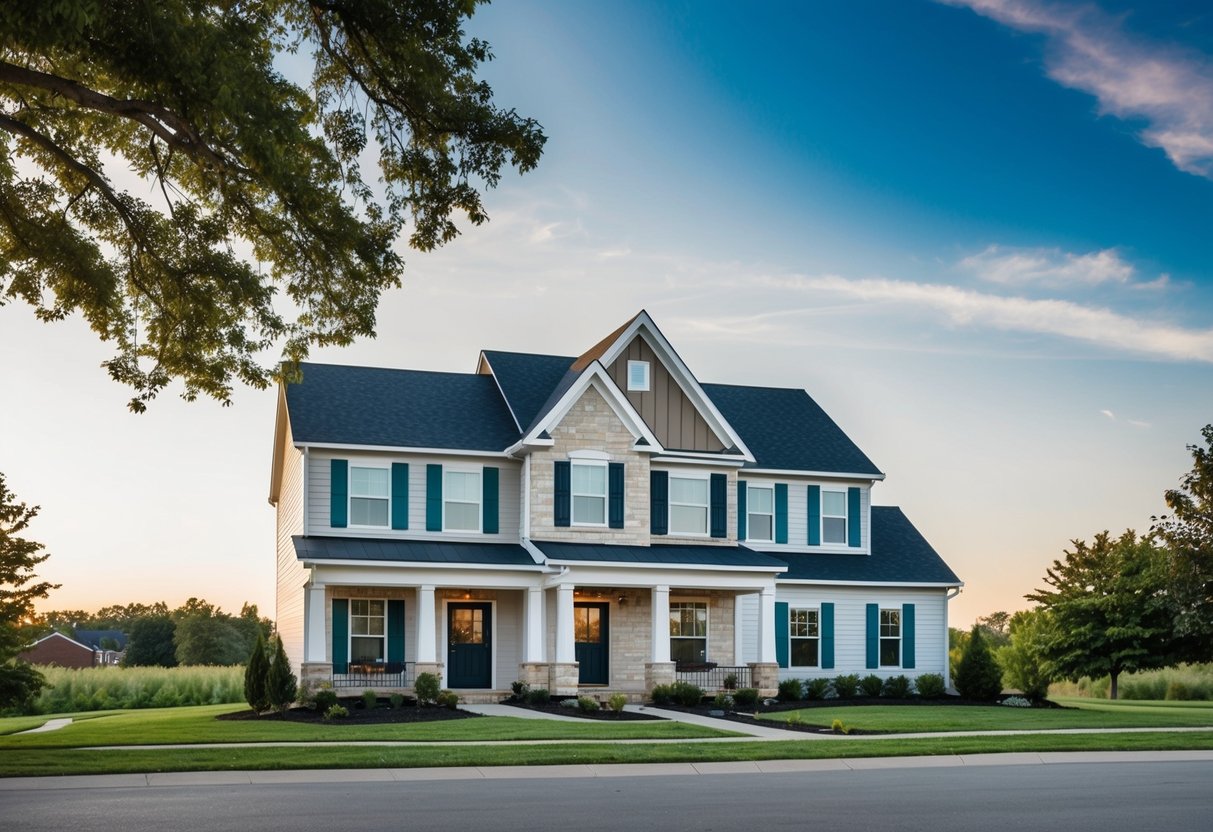
Homeowners often have certain rights to make changes to their properties without needing full planning permission. These rights can apply to windows in many cases, but there are important limits to be aware of.
Defining Permitted Development Rights for Windows and Doors
Permitted development rights allow homeowners to replace or add windows and doors without applying for planning permission in many cases. These rights typically cover like-for-like replacements and minor alterations.
For example, you can usually: • Replace existing windows with similar styles • Add new windows in existing openings • Install double or triple glazing
But there are limits. You can’t make the windows significantly larger or change their position without permission. Bay windows may need approval if they extend beyond certain sizes.
Limitations and Considerations in Conservation Areas and Listed Buildings
Special rules apply in conservation areas and for listed buildings. In conservation areas, permitted development rights are often more restricted. You may need permission to: • Change window styles or materials • Add new windows • Install double glazing
Listed buildings require listed building consent for most changes, even minor ones. This includes: • Replacing windows • Changing glazing • Altering window openings
Always check with your local council before making changes to windows in these protected areas.
Understanding Article 4 and Its Implications
Some areas have Article 4 directions in place. These remove certain permitted development rights. This means you may need planning permission for changes that would normally be allowed.
Article 4 directions often affect windows, especially in conservation areas. They can restrict: • Window styles • Materials used • Double glazing installation
Check if your area has any Article 4 directions before making changes. Your local council can provide this information. Leaseholders should also check with their management company, as additional rules may apply.
Key Factors in Replacing and Installing Windows
Several important aspects need consideration when replacing or installing windows. These include energy performance, safety requirements, and material choices. Each factor plays a crucial role in the overall quality and compliance of window installations.
Energy Efficiency and Thermal Performance Considerations
Window energy efficiency is vital for reducing heating costs and improving comfort. The U-value measures how well a window prevents heat loss. Lower U-values indicate better insulation.
Double or triple glazing helps boost thermal performance. Low-emissivity coatings on glass panes reflect heat back inside. Argon or krypton gas between panes acts as an insulator.
Frame materials also affect energy efficiency. uPVC and timber frames offer good insulation. Aluminium frames with thermal breaks prevent heat transfer.
Ventilation and Fire Safety Aspects
Proper ventilation is essential for indoor air quality and preventing condensation. Trickle vents in window frames allow controlled airflow. Some windows have built-in vents that open automatically.
Fire safety is crucial, especially in flats and multi-storey buildings. Windows may need to serve as emergency escape routes. This requires certain sizes and opening mechanisms.
Safety glazing is mandatory in specific areas like doors and low-level windows. This glass breaks safely to reduce injury risks.
Material Choices and Maintenance
Common window frame materials include uPVC, timber, aluminium, and composite. Each has pros and cons in terms of cost, durability, and appearance.
uPVC is low-maintenance and affordable but may not suit all property styles. Timber offers a traditional look but needs regular upkeep. Aluminium is strong and slim but can conduct heat.
Composite frames combine materials for optimal performance. They often have timber interiors with aluminium exteriors.
Regular cleaning and maintenance help extend window lifespan. This includes lubricating moving parts and checking seals.
Procedure and Best Practices for Planning Applications
Getting planning permission for window changes can be tricky. It’s smart to follow the right steps and get help from experts.
Submitting a Planning Application for Window Alterations
To apply for planning permission, start by contacting your local council. They can tell you if you need permission for your window project. If you do, fill out the application form on the council’s website. Include detailed plans and drawings of your proposed changes.
Pay the fee and wait for the council to review your application. This usually takes about 8 weeks. During this time, the council might ask neighbours for their views. They’ll also check if your plans follow local rules.
If your first try is turned down, don’t give up. You can change your plans and apply again, or appeal the decision.
Seeking Expert Advice and Hiring Registered Installers
Getting expert help can make the process easier. A planning consultant or architect can guide you through tricky rules. They know what councils look for and can boost your chances of success.
For the work itself, use registered installers. They understand building rules and can fit windows that meet energy standards. This is key for things like bay windows or roof changes.
Good installers can also help with repairs and minor improvements. They’ll know when these need planning permission and when they don’t. This can save you time and hassle in the long run.
Legal Considerations for Leaseholders and Freeholders
Changing windows in leasehold properties involves important legal factors. Both leaseholders and freeholders have specific rights and duties to keep in mind.
Leaseholder Responsibilities and Freeholder Permissions
Leaseholders must check their lease terms before replacing windows. Many leases require freeholder approval for alterations. This applies even if the windows are within the flat itself.
Freeholders often need to give written consent. They may ask for details about the proposed changes. This could include window designs, materials, and installation plans.
Some leases allow minor repairs without permission. But major changes usually need approval. Leaseholders should not assume they can make changes freely.
Ignoring lease terms can lead to legal issues. The freeholder might take action against unauthorised alterations.
Navigating Significant Works in Flats and Maisonettes
For flats and maisonettes, window replacements can be complex. These properties often have shared structures and appearance rules.
In listed buildings, extra care is needed. Special permissions may be required to preserve the building’s character.
Conservation areas also have strict rules. Window designs might need to match the area’s style.
For big changes, leaseholders may need to apply for a ‘licence to alter’. This is a formal agreement with the freeholder.
Management companies sometimes handle these requests. They act on behalf of the freeholder to review and approve changes.
Leaseholders should start the process early. Getting all needed permissions can take time.
